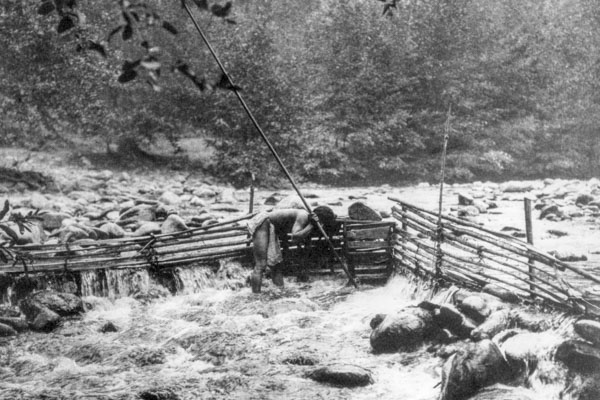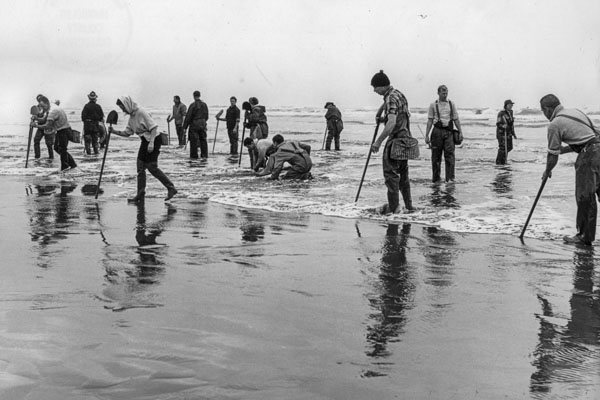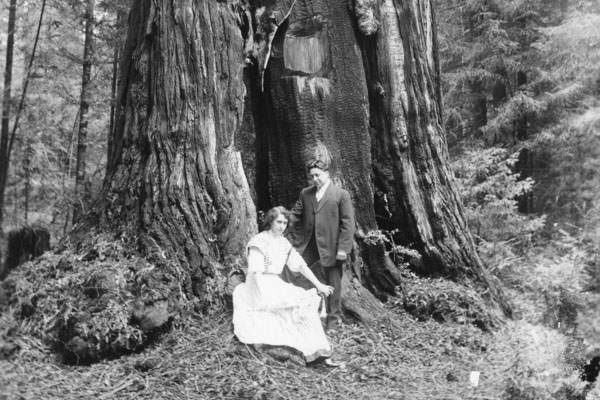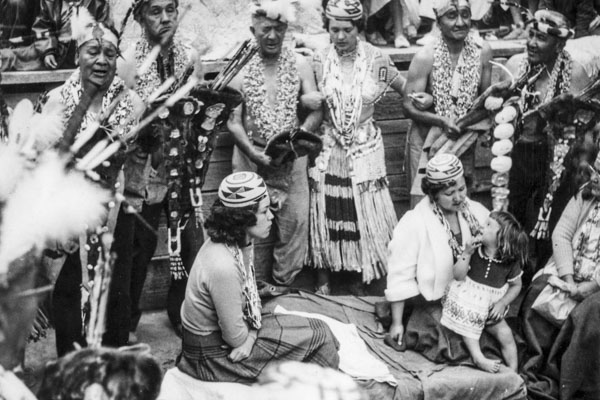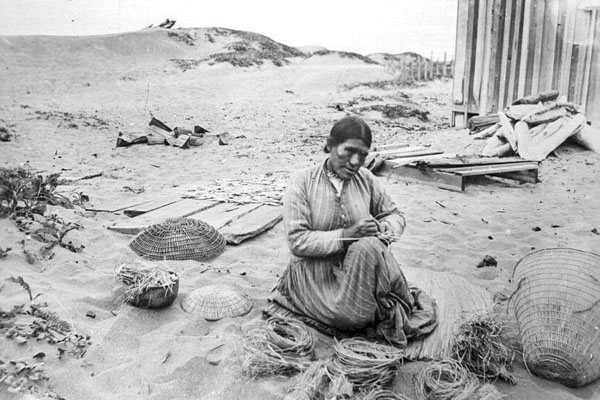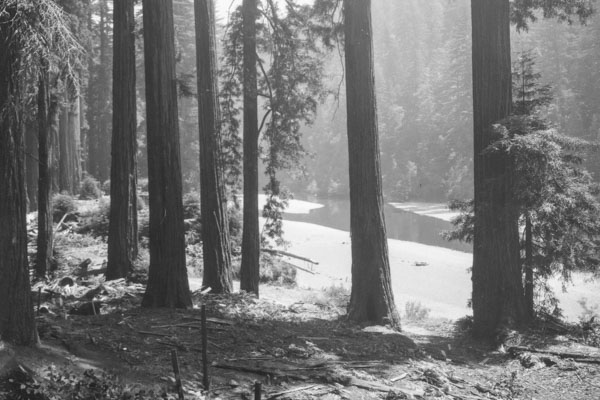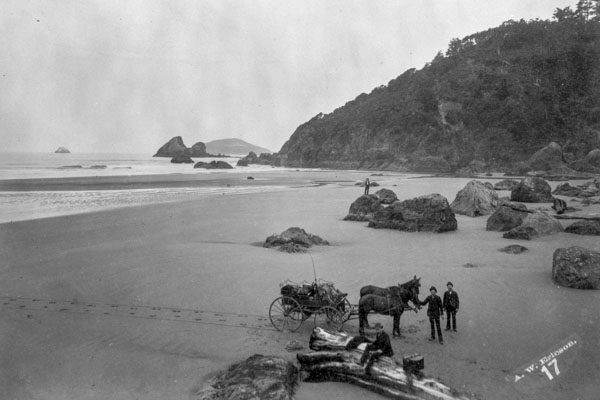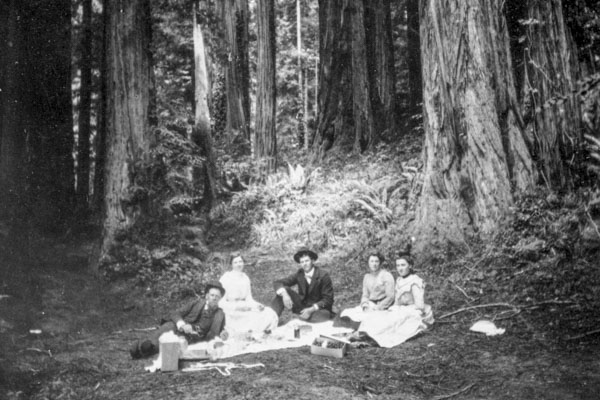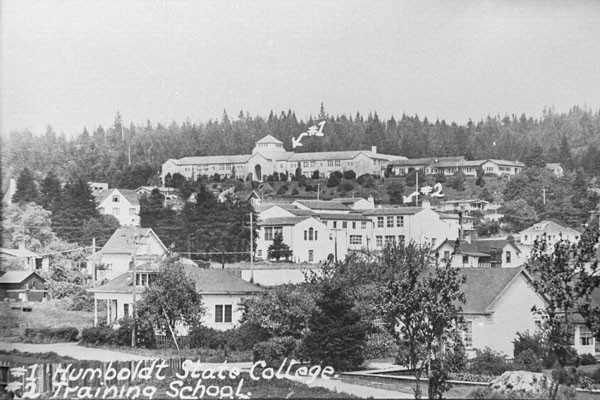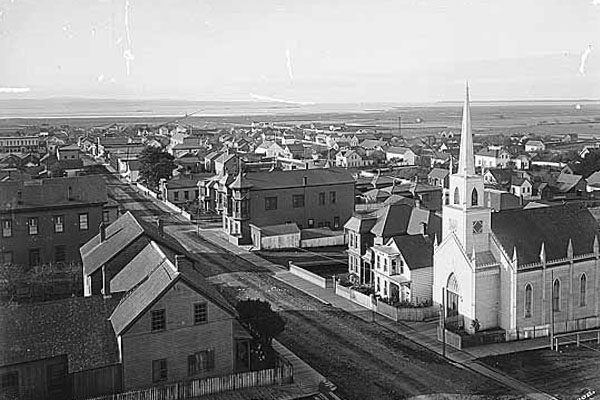You are here
The Ever Changing World by Will Speegle
Speegle, W. N. Scattering Remarks of Interest - Past and Present Humboldt Times, November 9, 1938
Looking back over a period of comparatively few years there have been so many changes that one can easily grow jittery over what may be the changes that will come with the next quarter century. It isn't so very long ago, for instance, when there was no such thing as an automobile, a radio, a moving picture, an airplane, a phonograph, electric lights, telephones, linotypes, and other things too numerous to mention.
Take the printing business as a criterion for what has gone on in the way of change and improvement. The whole newspaper business has been revolutionized in the past 40 years. The local newspapers in the early nineties were "set" entirely by hand. And the same thing is true of newspapers of all other parts of the nation. The Humboldt Times in the early nineties had a crew of men who did nothing but set type by hand, and because of the slowness of the process it was seldom that the paper consisted of more than four pages and the news sections were confined to only a dozen columns or less.
An effort was made at that time to have world coverage on telegraph news, but the items that came over the wire were received in code and the total daily service was 1,000 words or less. The news stories came briefed and it was the business of the telegraph editor to supply the missing words and thus augment what would today be a small quota for newspapers in towns of 2,500 population or less.
It was in the year 1897 that the first linotype came to Eureka and with its advent the printers were all agog because this new contraption meant that several of the force would lose their jobs. That first linotype was a sensation and attracted hundreds of people who marveled at its wonderful achievements. Electric motors were few and far between then, so the power to run the new piece of equipment consisted of a water wheel. As the flow was rather unsteady the power was not so satisfactory as the later electric motors proved to be. The water wheel was used only for a few months and it was then discarded and electricity was installed. It was a considerable period after the first linotype came before competing papers discarded the hand composition and introduced the linotype.
The first of the machines were confined strictly to one size of type but with the years improvements were made so that now most any size type is possible on the late models. It was several years before more than one linotype was needed by either of the local newspapers but increased news service and improvements made additions necessary. At the present time The Humboldt Times has a battery of five such machines.
It wasn't long after the linotype was introduced before the telegraph service was greatly augmented and for a time the long distance telephone was the medium through which the service came. In recent years that wonderful machine known as the "Teletype" has been introduced into the newspaper business and with the high speed that has come into general use in the newspaper offices of the more progressive type it is possible to get unlimited coverage on the news of the world. Where, in the nineties, this newspaper only received a quota of 500 words each night the present daily service is in the neighborhood of 60,000 words. The machines start receiving at 5 o'clock each afternoon and run continuously till one o'clock in the following morning.
The change that has come into the newspaper business is duplicated in every other business and what was the vogue in the nineties is outmoded. Those who can remember the introduction of all the new things that the past 40 years have given us can't help wondering what the next forty years will produce in the way of change and improvement.
The introduction of the linotype in the newspaper business which the printers feared would throw so many out of work didn't have that result. True, the hand compositors had to learn the art of operating the linotype but the loss of jobs was negligible. Improvements and increased business brought about a demand for skilled labor in the printing business so that where a crew of three men could get out the paper in the nineties, more than three times that many are needed to get the newspaper to press these days.
Change and improvement will continue with the passing days and what is commonplace nowadays will be a relic in the days to come.
Browse Articles | NCN Homepage | NCN Sitemap
The Northwest California Newspapers Website is managed by Special Collections located in the Cal Poly humboldt Library.
